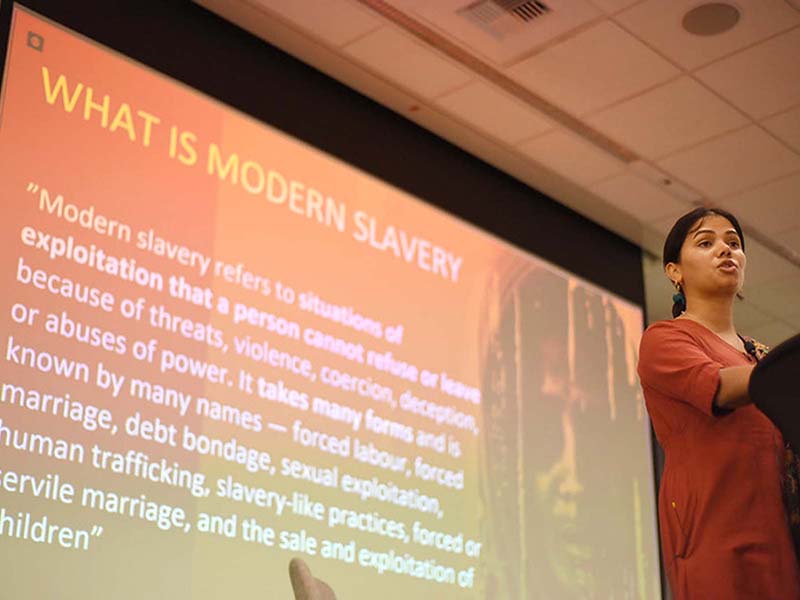
In December, Uber published its first-ever U.S. Safety Report, sharing the company’s approach to serious safety incidents—such as injuries, fatalities, and sexual assault or misconduct—and describing its recent safety investments. The report contains a wealth of quantitative data and qualitative information to help readers interpret the company’s safety performance and better understand the scale and characteristics of the issues at stake. For example, one surprising insight is that while media coverage tends to portray drivers as the most frequent sexual assault offenders, the data show that drivers report assaults at roughly the same rate as riders.
Some data provide good news for ride-sharing firms: The Uber-related motor vehicle fatality rate is about half the national average, likely owing to driver screening, minimum driver ages, and younger vehicles. But other data did not make for such positive reading: while reported incidents of sexual assault represent a very minor percentage of total trips (less than 0.0001 percent), that still accounts for more than 3,000 cases a year.
What was most noteworthy to us at BSR was that Uber would publish this report at all—the first of its kind published by a company and unlike anything published by its peers. Indeed, Uber deserves praise for voluntarily reporting on these important challenges, and its publication provides important lessons for other companies on the value of reporting.
Here are five insights on the future of transparency and disclosure from Uber’s report:
-
Companies acting alone can use transparency and disclosure to shape a positive agenda. Uber’s Chief Legal Officer Tony West introduces the report by explaining that while most companies don’t talk about issues like sexual violence, “confronting sexual violence requires honesty, and it’s only by shining a light on these issues that we can begin to provide clarity on something that touches every corner of society.” We’re reminded of Google’s first “transparency report” a decade ago describing government demands for user data and content restrictions. Companies back then were reluctant to discuss these issues in public, yet Google chose to break the mold—and today, the quality of public dialogue on these issues is vastly improved. Companies have the potential to use transparency and disclosure to generate new momentum on shared challenges and not just wait for action by others.
-
Companies facing similar challenges should publish comparable disclosures. The issues raised in the Uber report are not unique to Uber and cannot be addressed by Uber acting alone. For this reason, we found Uber’s challenge to its industry peers to be one of the most important elements of the U.S. Safety Report, with Uber encouraging “all organizations—airline, taxi, ridesharing, home-sharing, and hotel companies, as well as others—to share their safety records with their customers and exceed this report.” This also reminded us of the Google case, as since Google’s first effort, more than 70 internet and telecommunications companies have started publishing regular law enforcement relationship reports, with significant benefits for civil society organizations, policy makers, and other advocates. We’d like to see the same pattern emerge with safety too.
-
Partnerships with those who use the data are essential. One of the challenges with being a first mover in disclosure is knowing what to report—what data is most likely to influence decision-making and provide value for those working on the issues at stake? In Uber’s case, the company partnered with the National Sexual Violence Resource Center (NSVRC) and the Urban Institute to develop a new data taxonomy to understand the reality of unwanted sexual experiences. This did not previously exist and has now been made available for use by other companies and organizations. This provides a very strong foundation for other companies to publish their own reports that are directly comparable to Uber’s report and paves the way for industry-wide efforts to emerge.
-
Issue-specific reporting will grow in significance. Four years ago, we published our perspective that “the future of reporting will be triangular,” with short and general disclosures at the top of the triangle and detailed issue-specific disclosures towards the bottom. The Uber report is just one signal among many that some of the most interesting company disclosures today are happening at the bottom of the triangle—whether it is privacy, diversity, climate change, or supply chain labor conditions, companies are increasingly publishing issue-specific reports with very particular audiences in mind.
-
Reporting should be harnessed to improve performance. The new consistent data taxonomy established by Uber for sexual harassment, misconduct, and assault is very important, particularly because without a consistent taxonomy, the field has struggled to enact reforms. We hope this consistent taxonomy can improve the performance of Uber and its peers by enhancing the quality of training, informing what safety technologies to invest in, and enhancing the impact of partnerships. As Karen Baker, CEO of the NSVRC, highlighted in her foreword to the report, the NSVRC “didn’t anticipate how much we would learn about informing and enhancing the way industries and corporations enact meaningful change, and how those changes contribute to efforts to prevent and end all forms of sexual violence.” We hope that transparency is used to help shift culture among drivers, riders, and staff toward a world where it is understood that safety incidents can, should, and will be taken seriously.
It is easy to criticize companies for ignoring their negative social impacts, but the fact is that shaping system-wide approaches to shared challenges is a difficult endeavor. Ironically, by raising the profile of Uber’s approach to safety, the number of incidents reported will likely go up before they go down—but rather than being portrayed as bad news, we hope this is welcomed as a sign that important issues are being openly addressed. We look forward to reading more in future reports about the impact of Uber’s safety efforts, such as new technologies, Community Guidelines, and the Safety Advisory Board. Most of all, we hope that Uber’s investment in a new reporting taxonomy for safety issues is adopted by other companies—as well as by Uber in their operations outside the U.S.—and that these reports improve our collective efforts to address sexual assault and misconduct.
BSR’s latest sustainability insights and events straight to your inbox.
Topics
Let’s talk about how BSR can help you to transform your business and achieve your sustainability goals.








